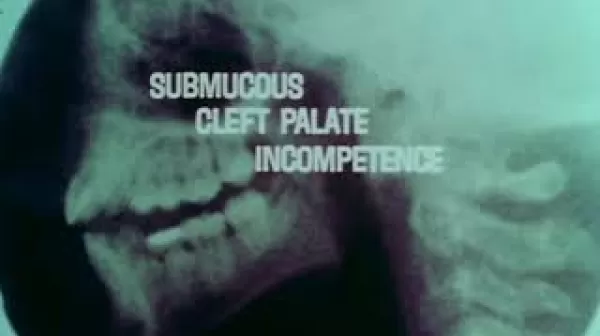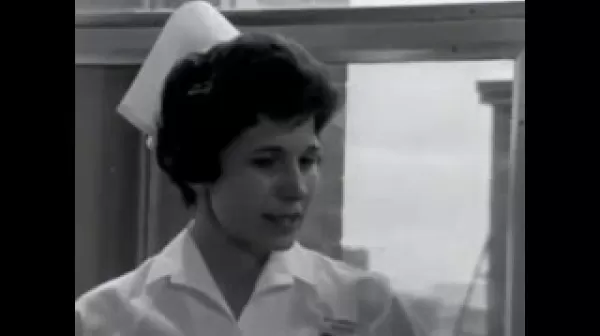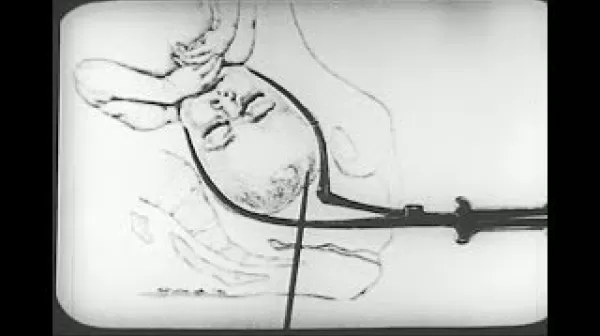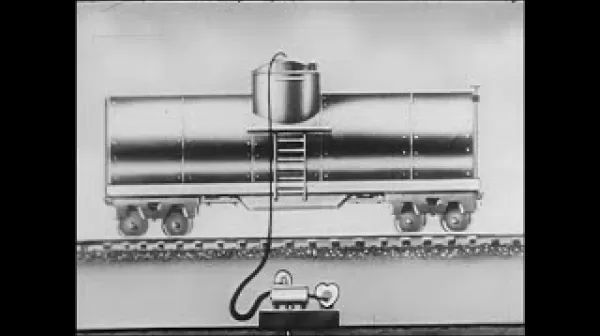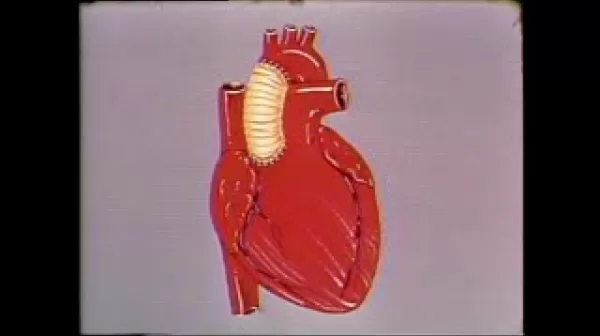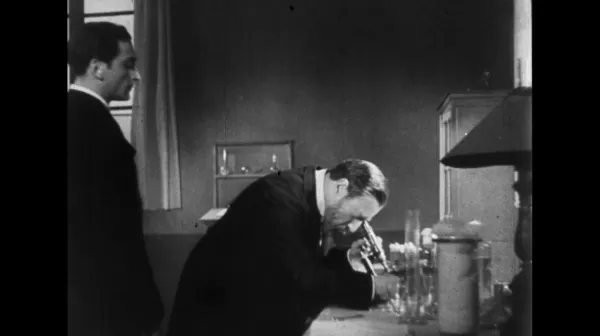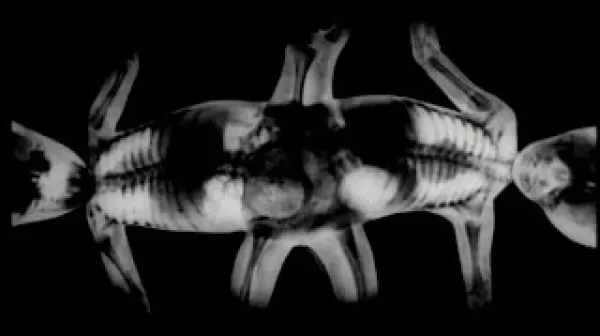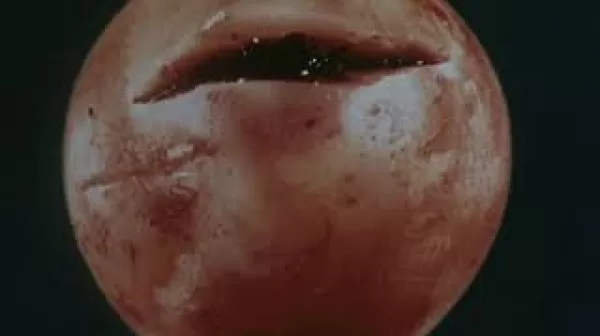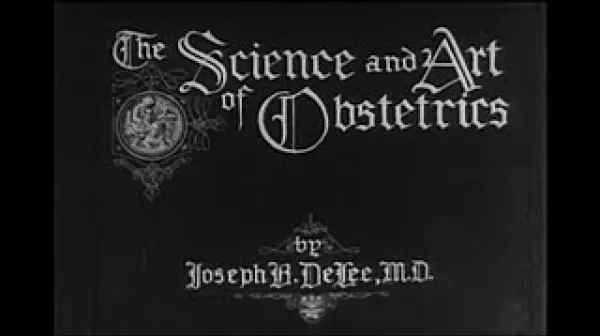Thoracoplasty (Lechner-Medizin, 1927)
This training film shot at the Surgical Division of the Wilhelminen Spital in Vienna shows two thoracoplasties. Shots include close-ups of the instrument table containing Shoemaker rib cutters, Sauerbruch cutters, and Luer-forceps which were modified by Sauerbruch; anesthesia equipment and use; and the surgery. Surgery includes: draping and marking, incision, resection of paravertebral origins of ribs, smoothing of stumps, drain insertion, and closure.


